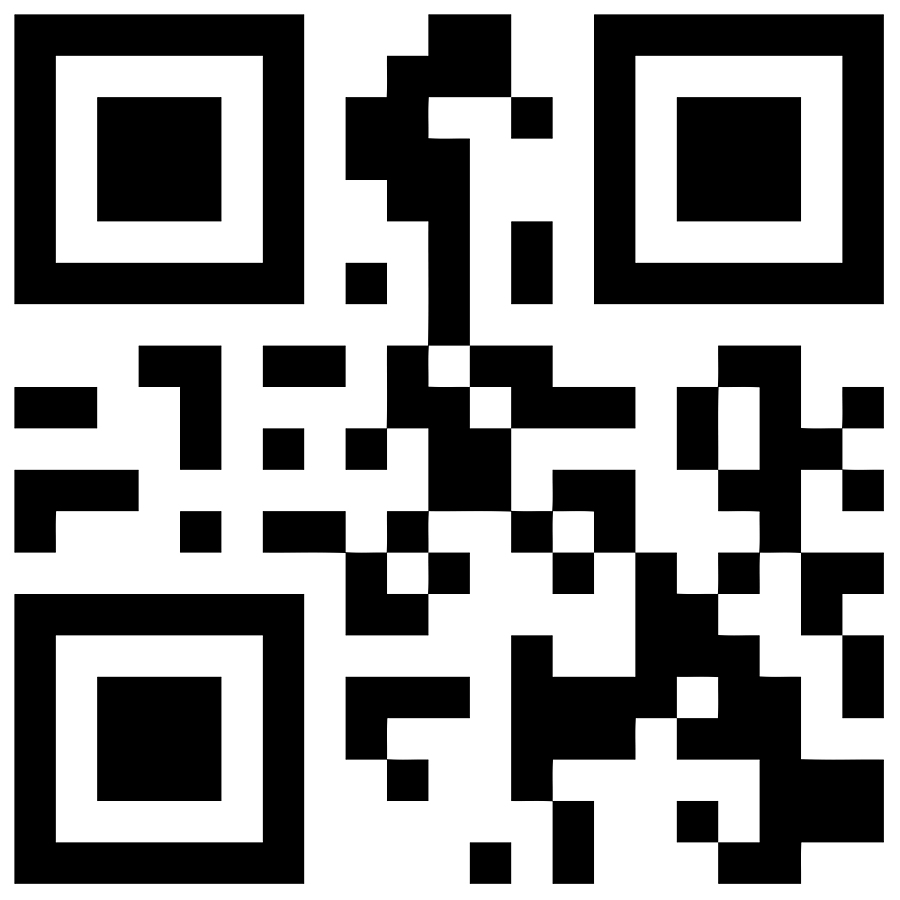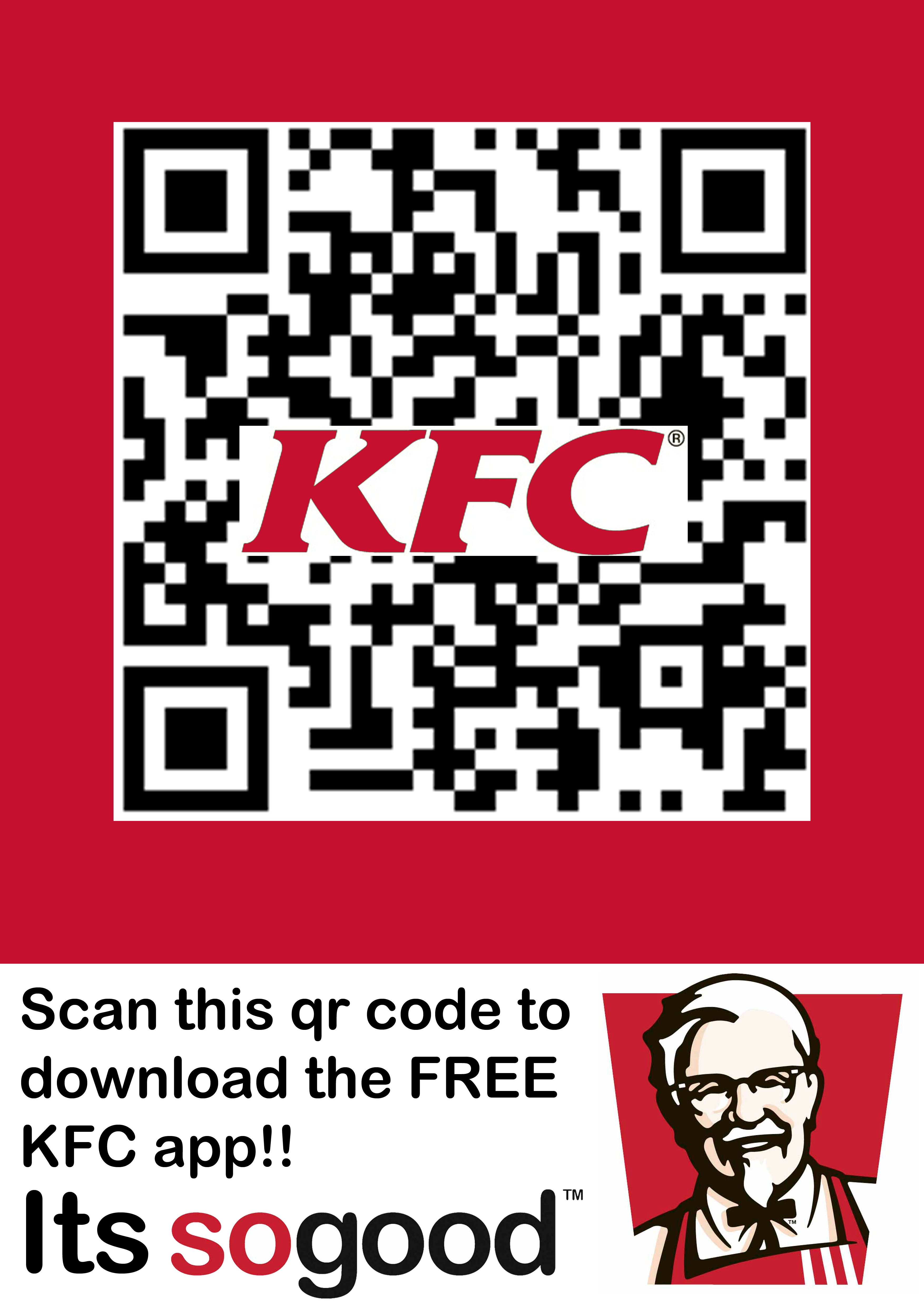
VersionĪspose.BarCode for Java enables the variety of widely used data encoding specifications, such as Unicode and others.
Qr barcode how to#
The following barcode images are intended to explain how to create QR Code barcodes using manual settings to define the requested version. from VERSION_01 to VERSION_40 for QR Code or from VERSION_M1 to VERSION_M4 for Micro QR Code. In this case, it is required to call the setQRVersion method of class QrParameters passing a value from the QRVersion enum, i.e. In Aspose.BarCode for Java, developers can manually select the desired QR Code version for barcode generation. The following barcode images are given to explain how to create different types of QR Code using various automatic version setting modes. If the input data exceeds the data capacity of the M4 version, an exception is thrown. FORSE_MICRO_QR: the library aims at selecting the most applicable Micro QR Code version from M1 to M4.FORSE_QR: the most appropriate QR Code version is automatically selected among options from Version 01 to Version 40.If the data to be encoded does not fit the data capacity of Version 40, an exception is thrown. If no suitable version is found, the library iterates over supported QR Code versions from Version 01 to Version 40. AUTO: firstly, the library aims to identify the most appropriate Micro QR Code version from M1 to M4.The QREncodeType enum can take the following values:

In this case, the setQrEncodeType method can be used to select the barcode type according to the input data size. The second way to determine the desired QR Code generation mode is applicable when QrVersion remains set to AUTO. If barcode information exceeds the available capacity, barcode images cannot be generated, and the corresponding exception is thrown. If data inputted for encoding does not occupy the entire capacity of the target version, padding characters are used to fill the leftover space. The first way to set the required version of QR Code or Micro QR Code is to use the setQrVersion method. setQrEncodeType (using values from the QREncodeType enum) and setQrVersion (with values from the QRVersion enum). This can done through two methods of class QrParameters, i.e. Generation ModesĪspose.BarCode for Java allows generating QR Code or Micro QR Code images corresponding to different versions.
Qr barcode free#
If you need any clarifications, feel free to reach out Aspose Technical Support: ask your questions at Aspose.Barcode Forum or contact Aspose Paid Support Helpdesk. It should be noted that considerable damage to target patterns in QR Code images may result in the deterioration of barcode scanning and reading efficiency.


The main advantages of the QR Code symbology can be outlined as follows: This encoding capacity is usually suitable to work with industrial markers. In particular, Micro Qr Code barcodes corresponding to the M1 version can encode at most five numerical digits the M2 version allows encoding up to ten numerical or six alphanumeric characters. However, it does not enable Extended Channel Interpretation (ECI) and does not allow encoding Unicode characters. Micro QR Code serves to create considerably small QR Code images. The other standard, Micro QR Code, allows encoding up to 35 numerical digits or 21 alphanumeric characters or 15 bytes. Reserving the minimum possible amount of data for error correction, the QR Code standard can be used to encode at most 7,089 numerical digits or 4,296 alphanumeric characters or 2,953 bytes. Aspose.BarCode for Java supports Extended Channel Interpretation (ECI) to encode Unicode data and provides various encoding modes UTF8 is one of the most widely used encoding modes. QR Code corresponds to a group of 2D square types that benefits from high data density and allows encoding streams of bytes and textual data composed of Unicode symbols. Generate QR Code Online: You can test the quality of Aspose.BarCode generation for QR Codes and get the results online.


 0 kommentar(er)
0 kommentar(er)
